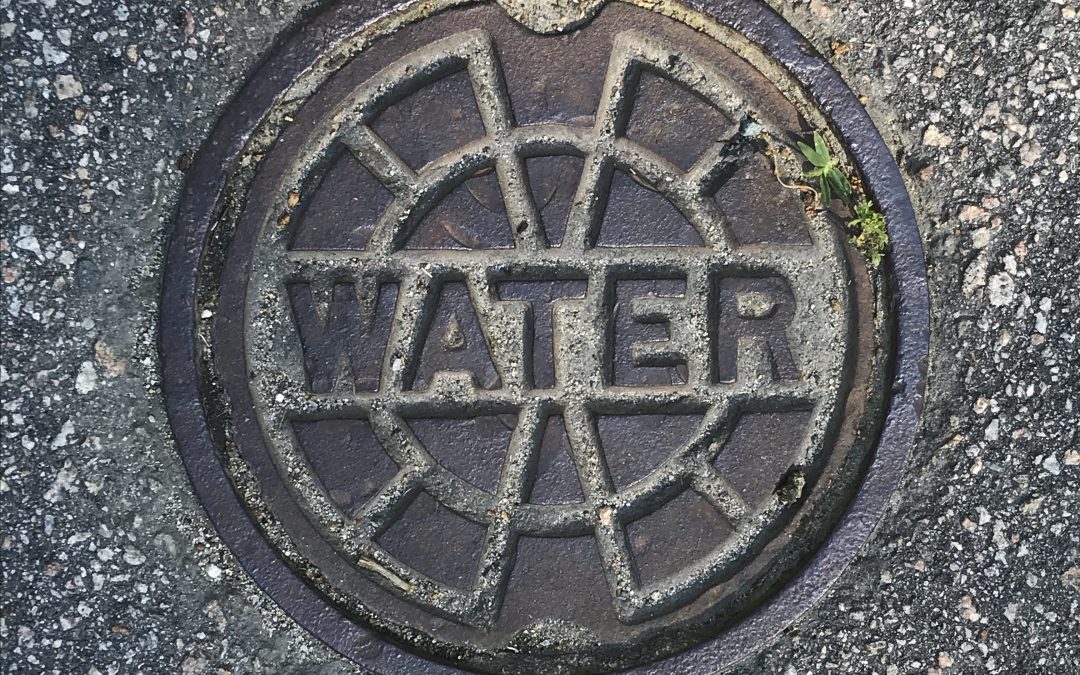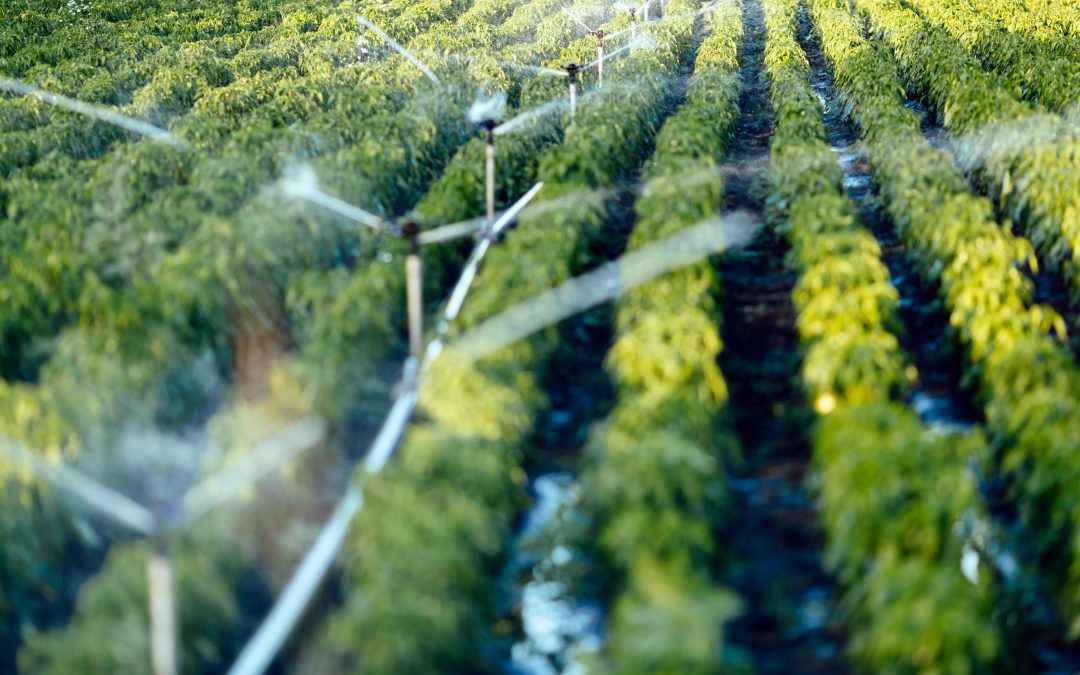
by Ashley Ward | Sep 24, 2021 | Blog, Data Stories, Improved Decision-Making, Innovation, Time Savings
As we work to create an internet of water – a world with more accessible, discoverable, and interoperable water data – we like to highlight the organizations who are contributing to this vision and explore the benefits they provide to water management and other sectors. The Groundwater Protection Council has been improving groundwater and energy data since 1983 and leverages that data to enable environmental protection and increased water availability. The resources they provide to state oil and gas agencies are essential to coordinating regional approaches in the energy-water nexus.

by Ashley Ward | Aug 5, 2020 | Blog, Data Stories, Government, Improved Decision-Making, Increased Productivity, Infrastructure, Innovation, Non-governmental, Return on Investment, Water quality, Water use
Established in 1994, Chattahoochee Riverkeeper (CRK) is a non-governmental and community science organization based out of Atlanta, GA that is dedicated to the protection, preservation, and stewardship of the Chattahoochee River and its watershed. Over the last two and a half decades, the work of CRK, the communities in which they work, and the City of Atlanta have and continue to create a cleaner Chattahoochee River that attracts more recreation, wildlife, and economic development.

by Kristen Downs | Apr 28, 2020 | Accurate Design and Integrated Operations, Blog, Improved Decision-Making, Increased Productivity, Innovation, Return on Investment, Time Savings
The Albuquerque Bernalillo County Water Utility Authority (Water Authority) of Albuquerque, New Mexico has been expanding its advanced metering infrastructure (AMI) program since 2011. As of 2019, 49% of its 200,000 accounts have been replaced with AMI-enabled meters. The Water Authority harnesses the high-resolution water usage, along with other AMI data, to benefit their employees, customers, operations, and water resources.

by admin | Nov 2, 2018 | Agriculture, Blog, Data Stories, Government, Increased Productivity, Innovation, Return on Investment, Water quantity, Water Savings, Water use
The California Irrigation Management Information System (CIMIS) provides raw weather data, as well as information on evaporation rates and crop water usage, to inform irrigation decisions. A series of surveys demonstrated CIMIS was used to save water and increase crop productivity. The benefit-to-cost ratio of CIMIS to irrigation users was between $56 and $76 for every $1 spent.




